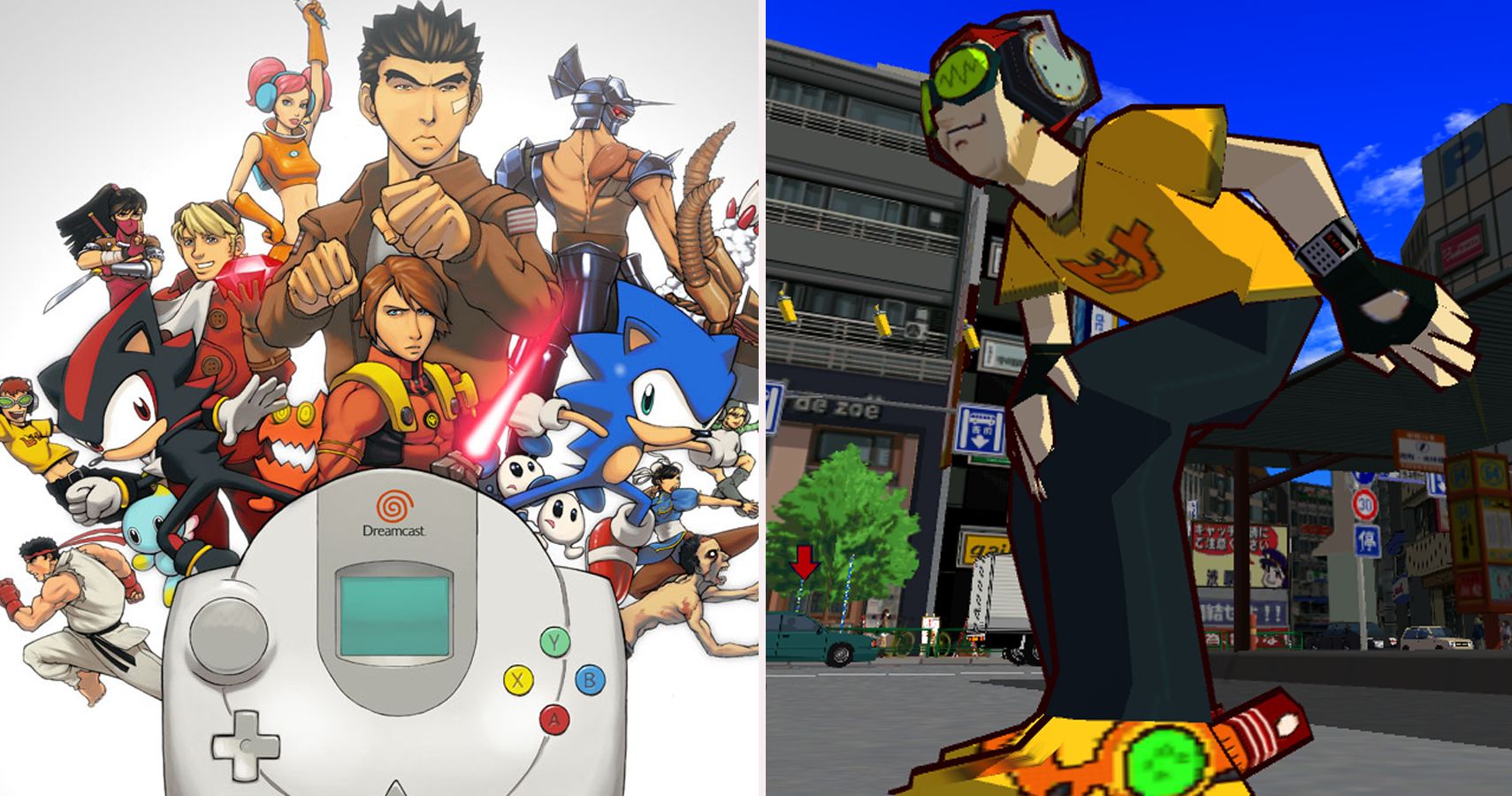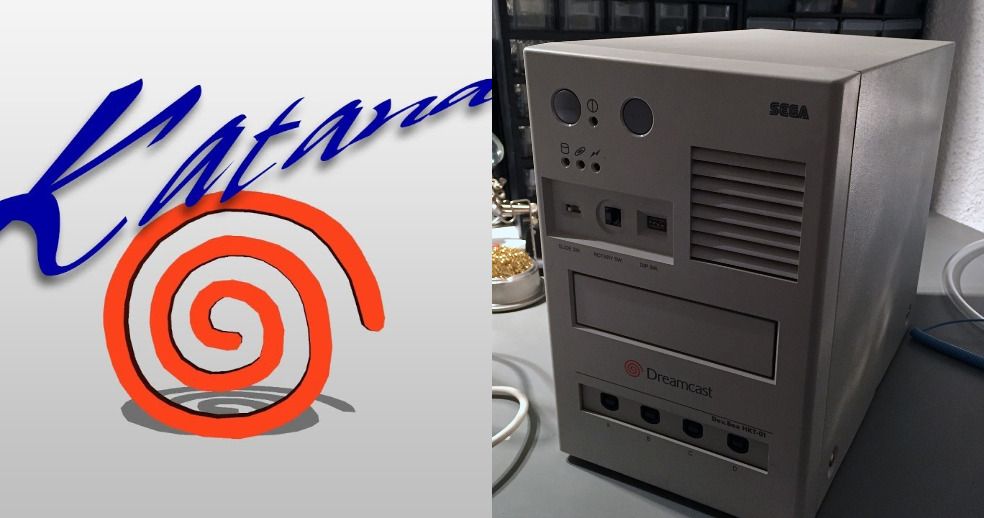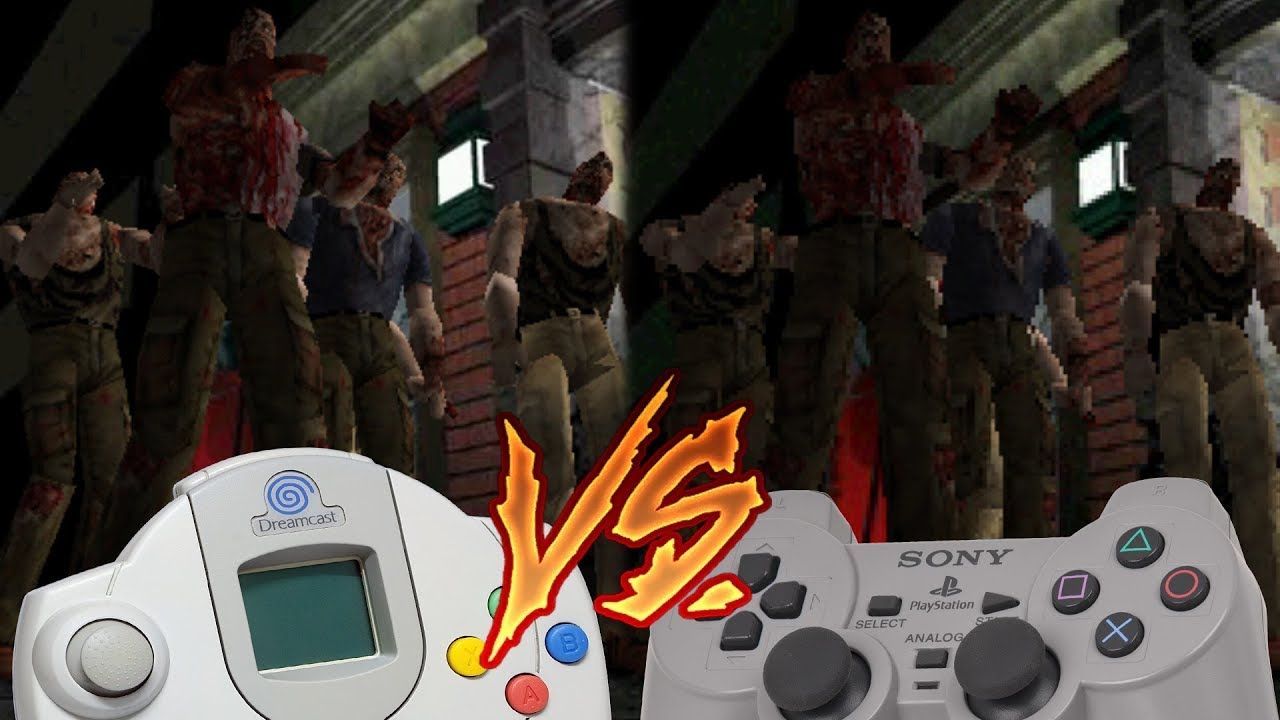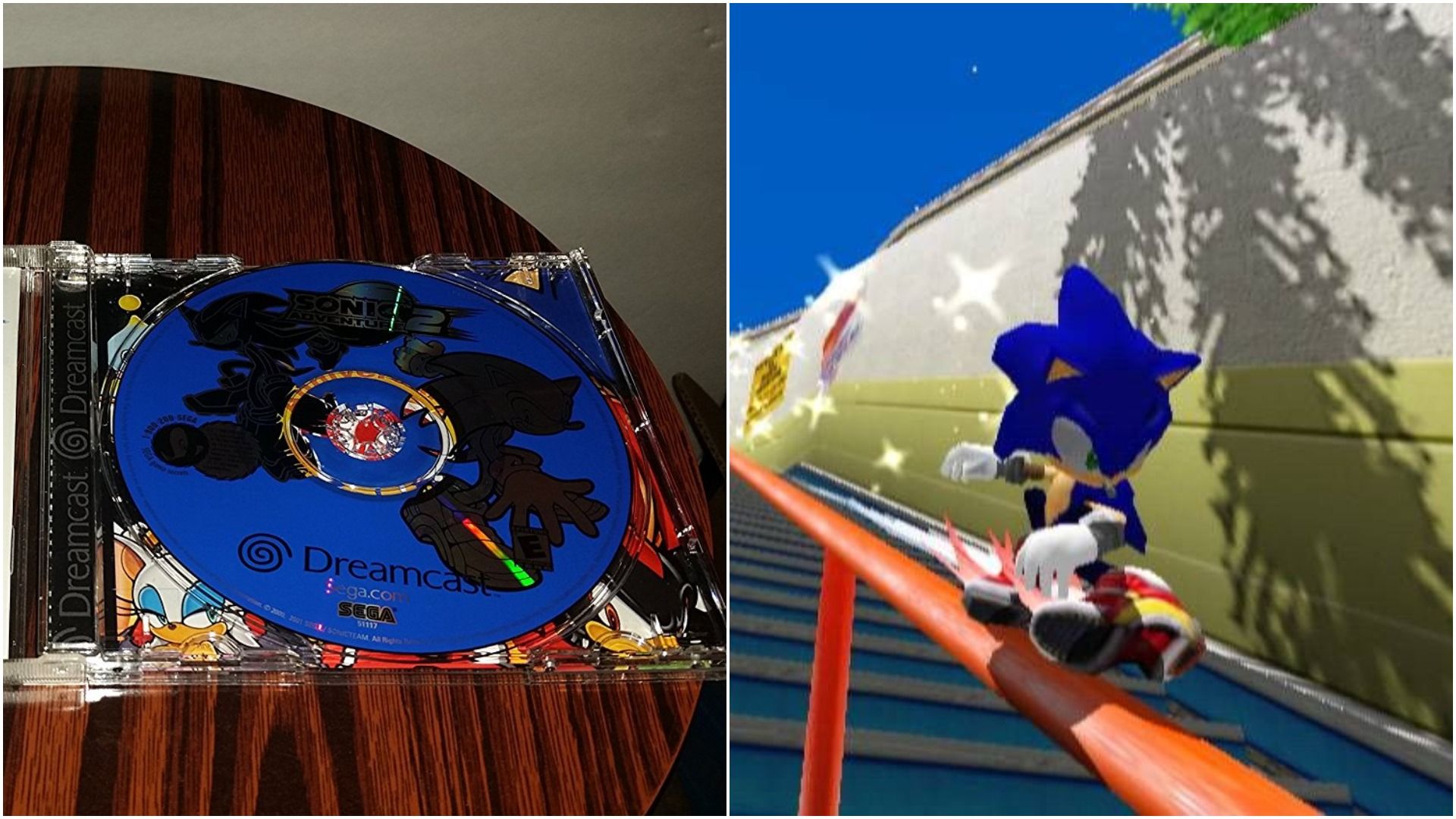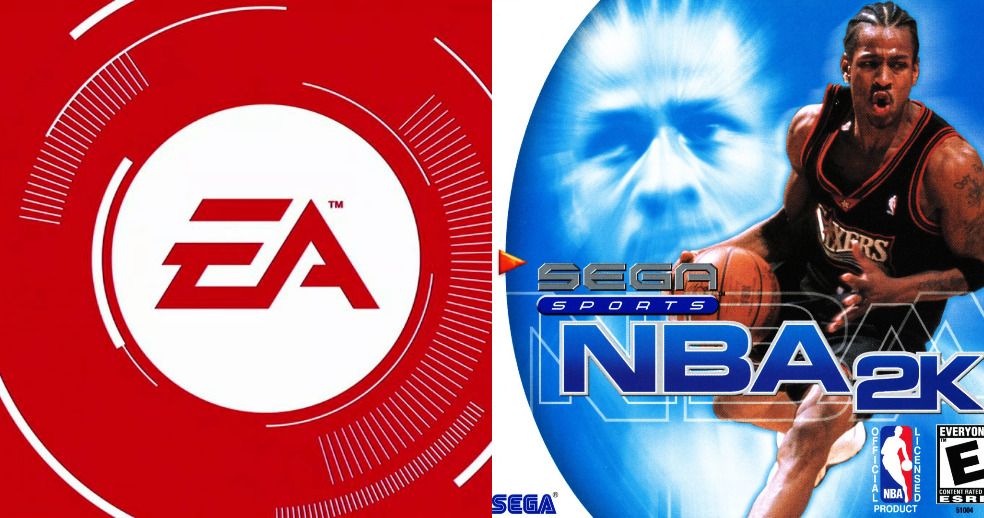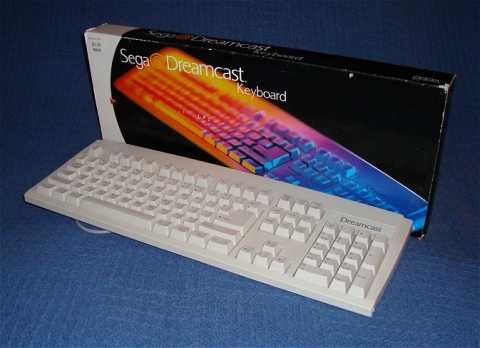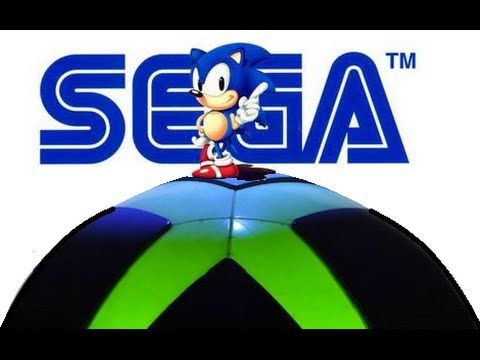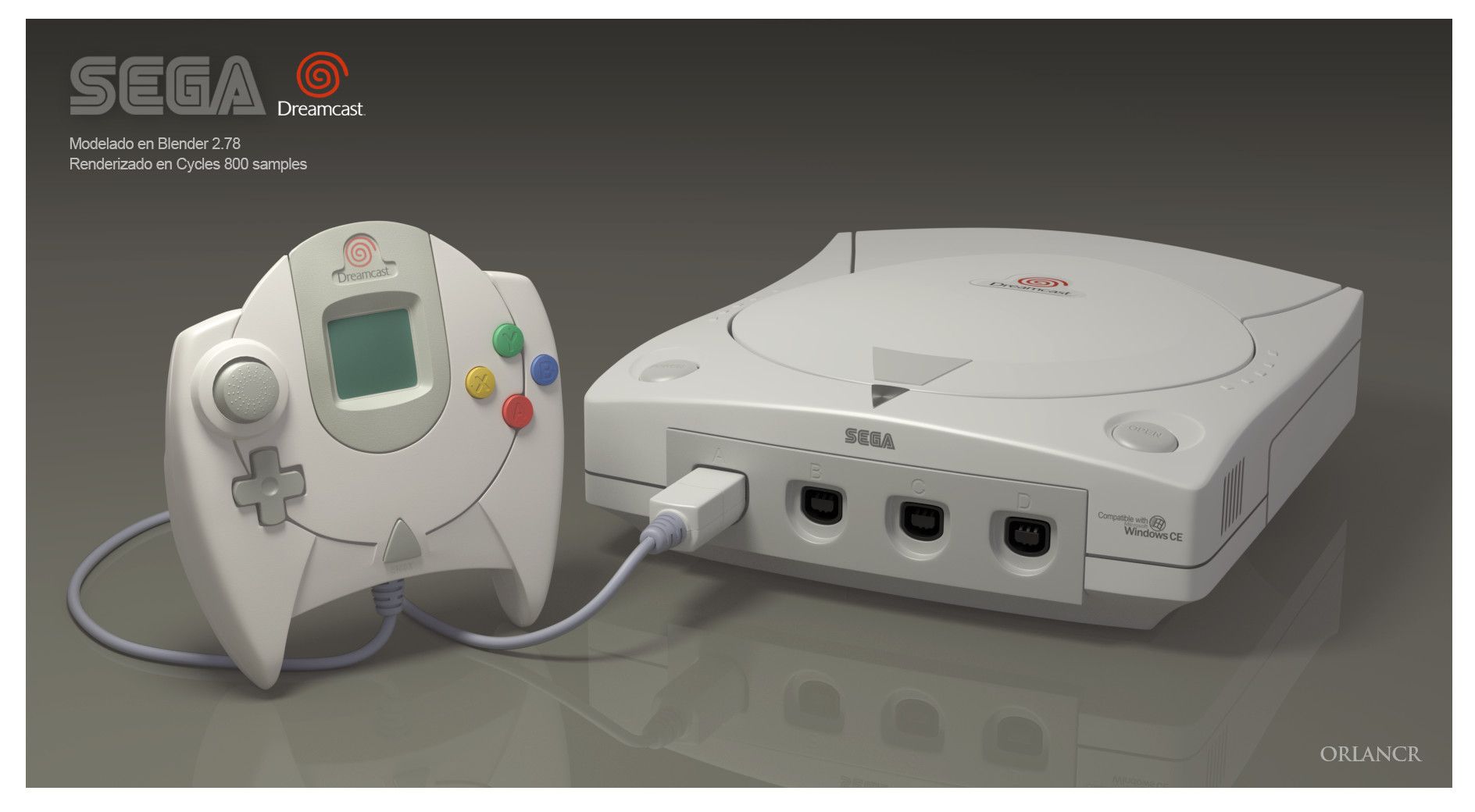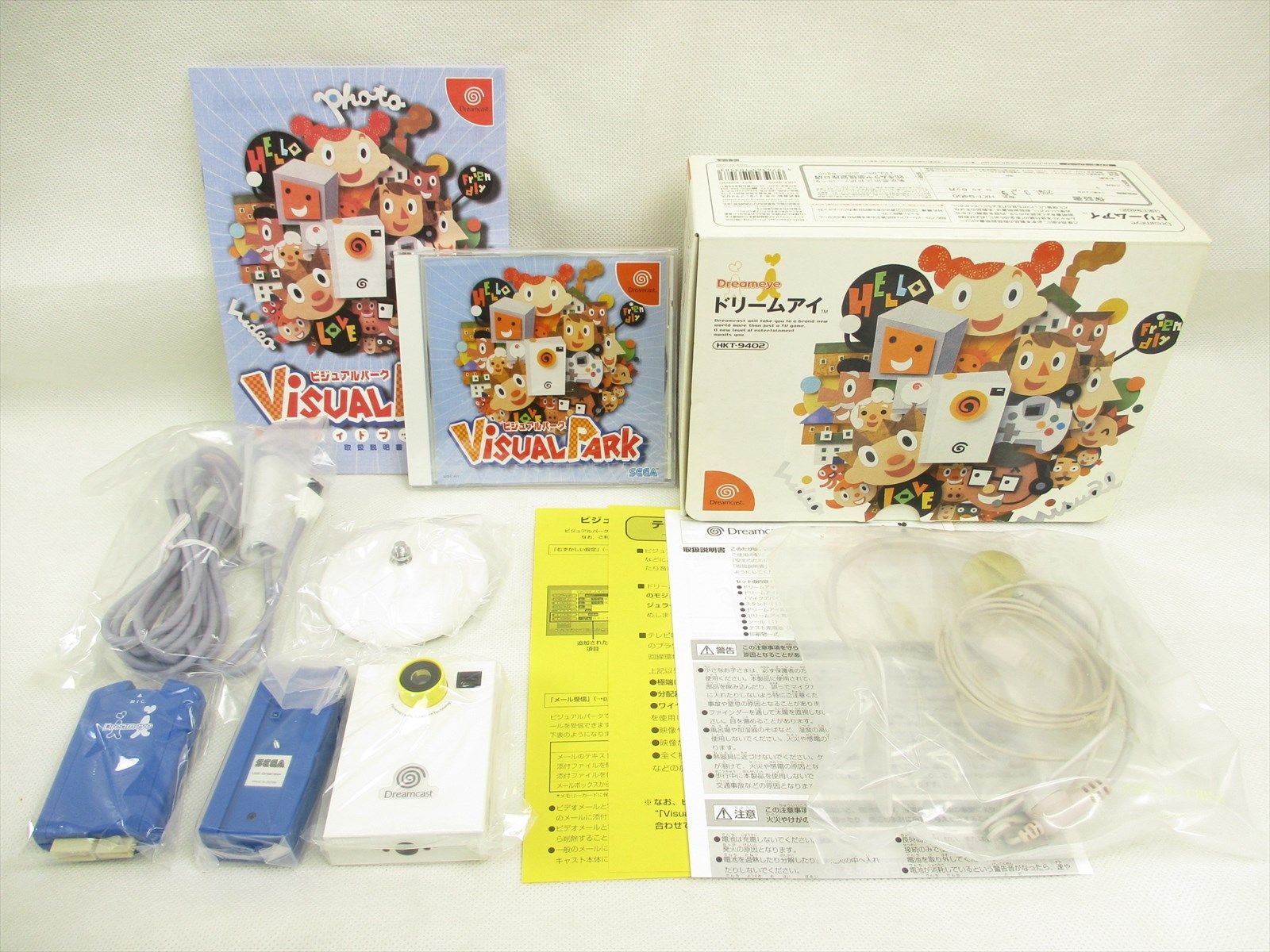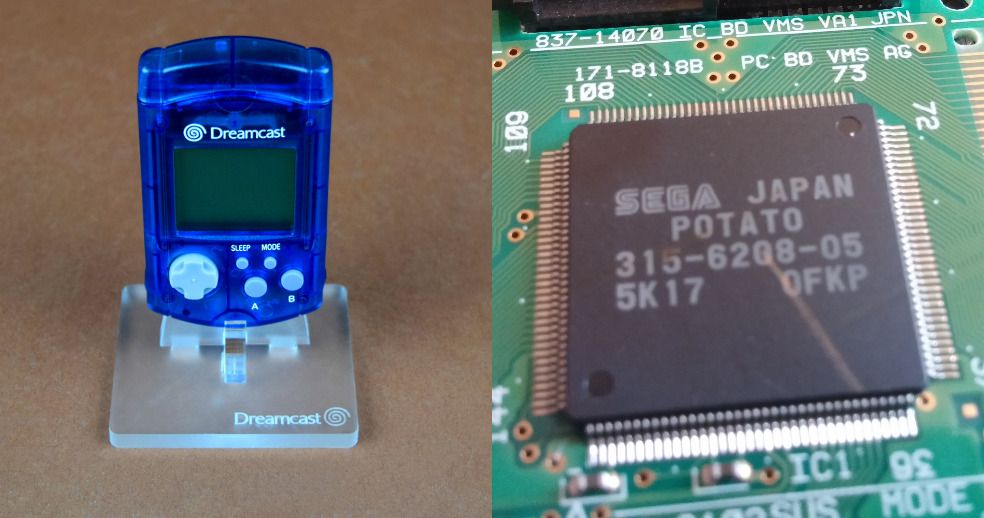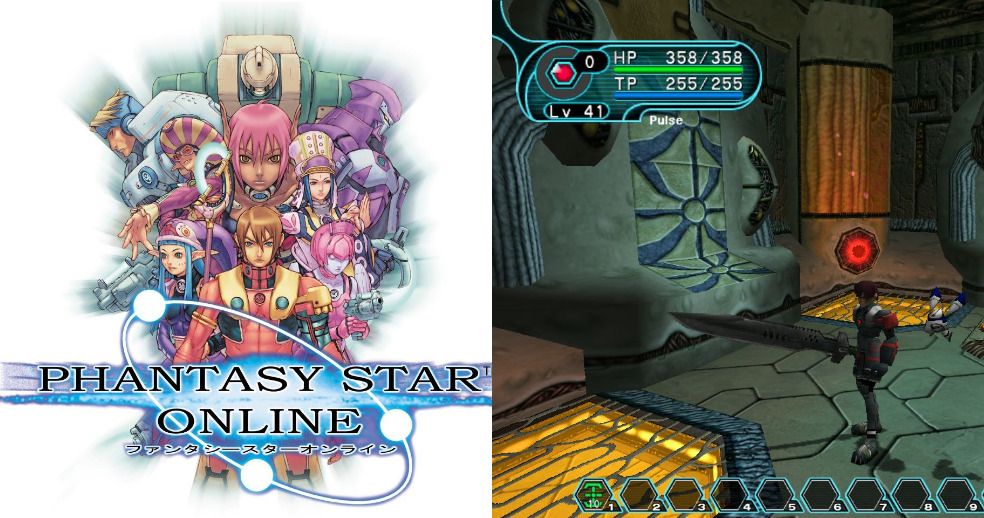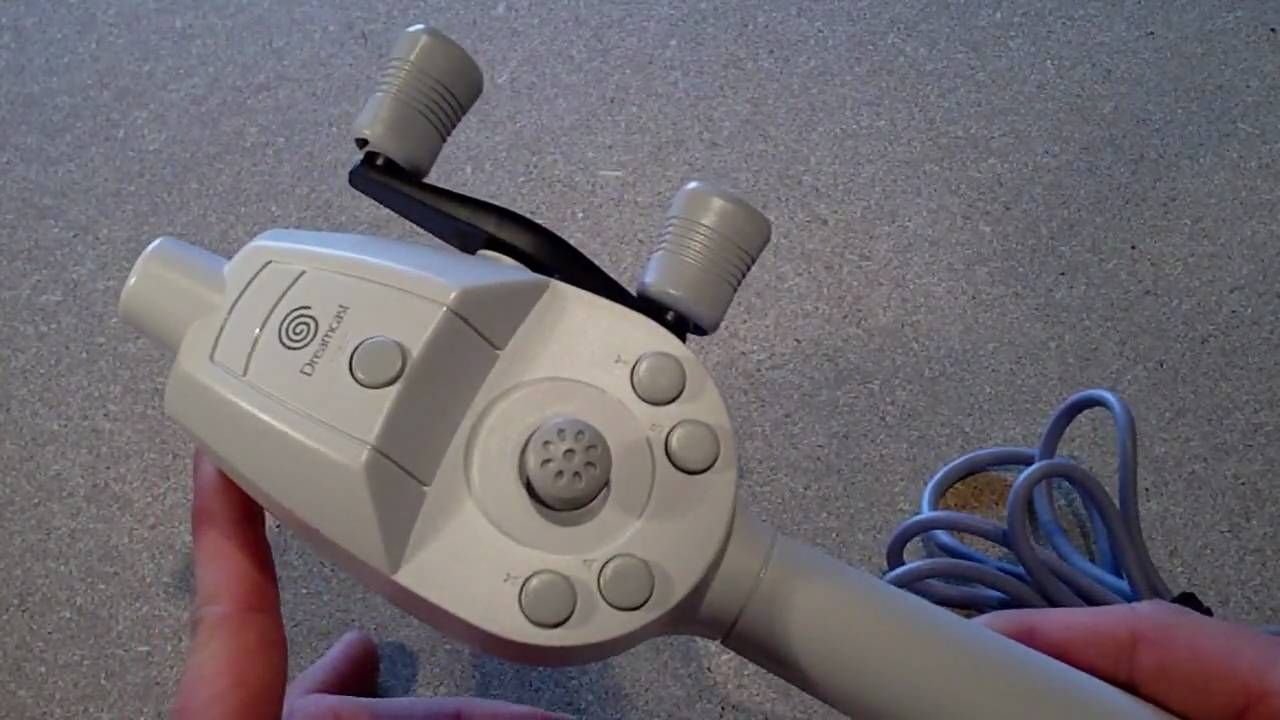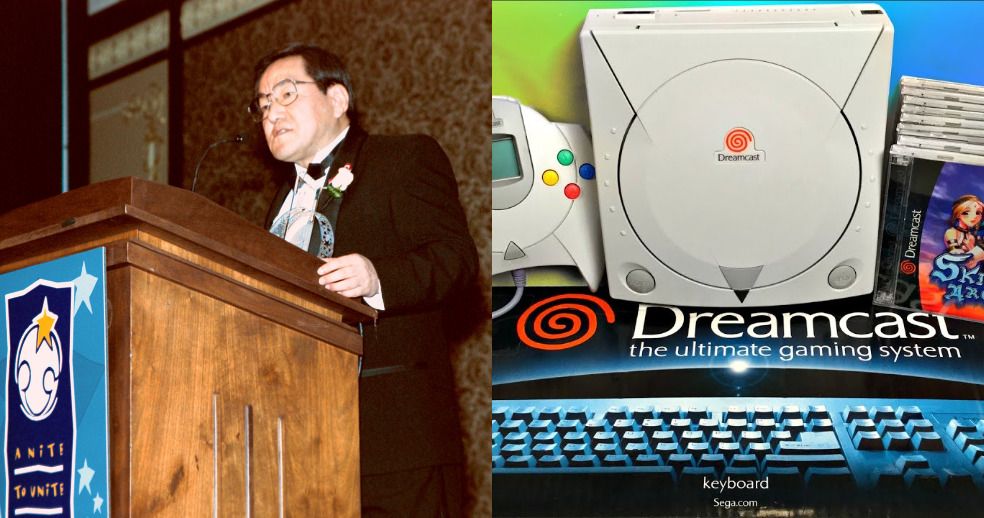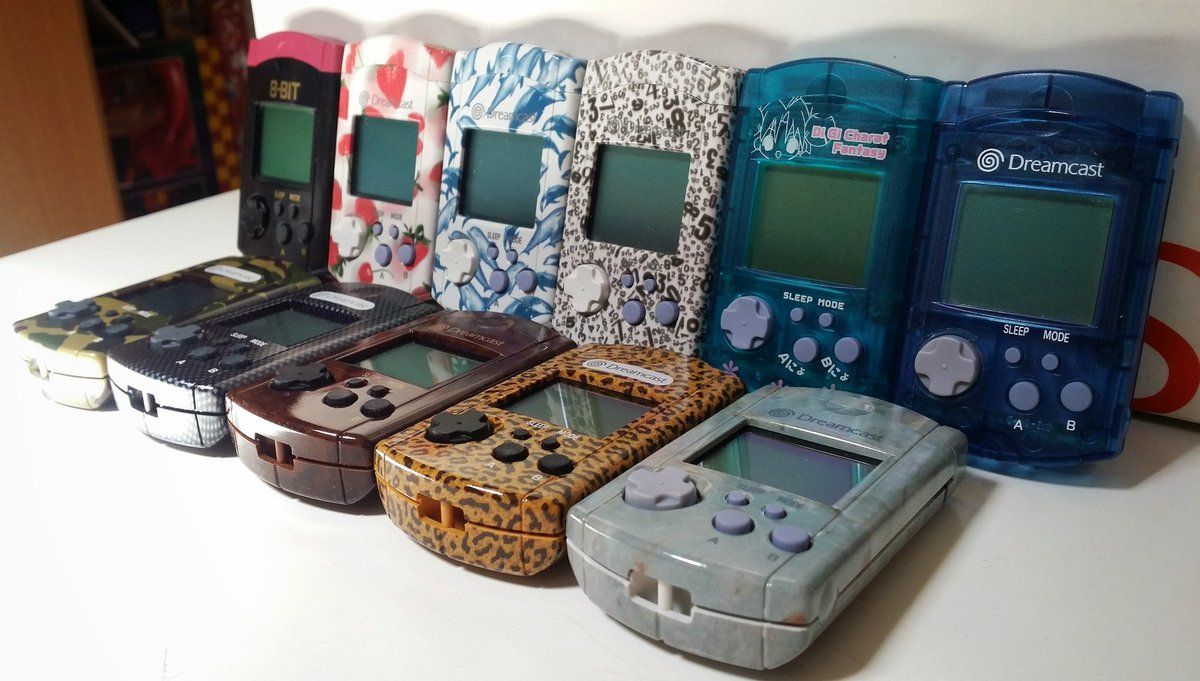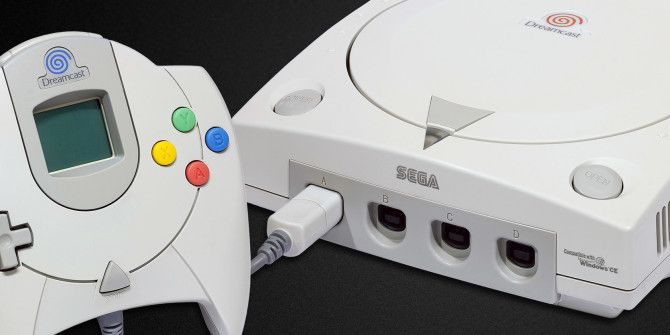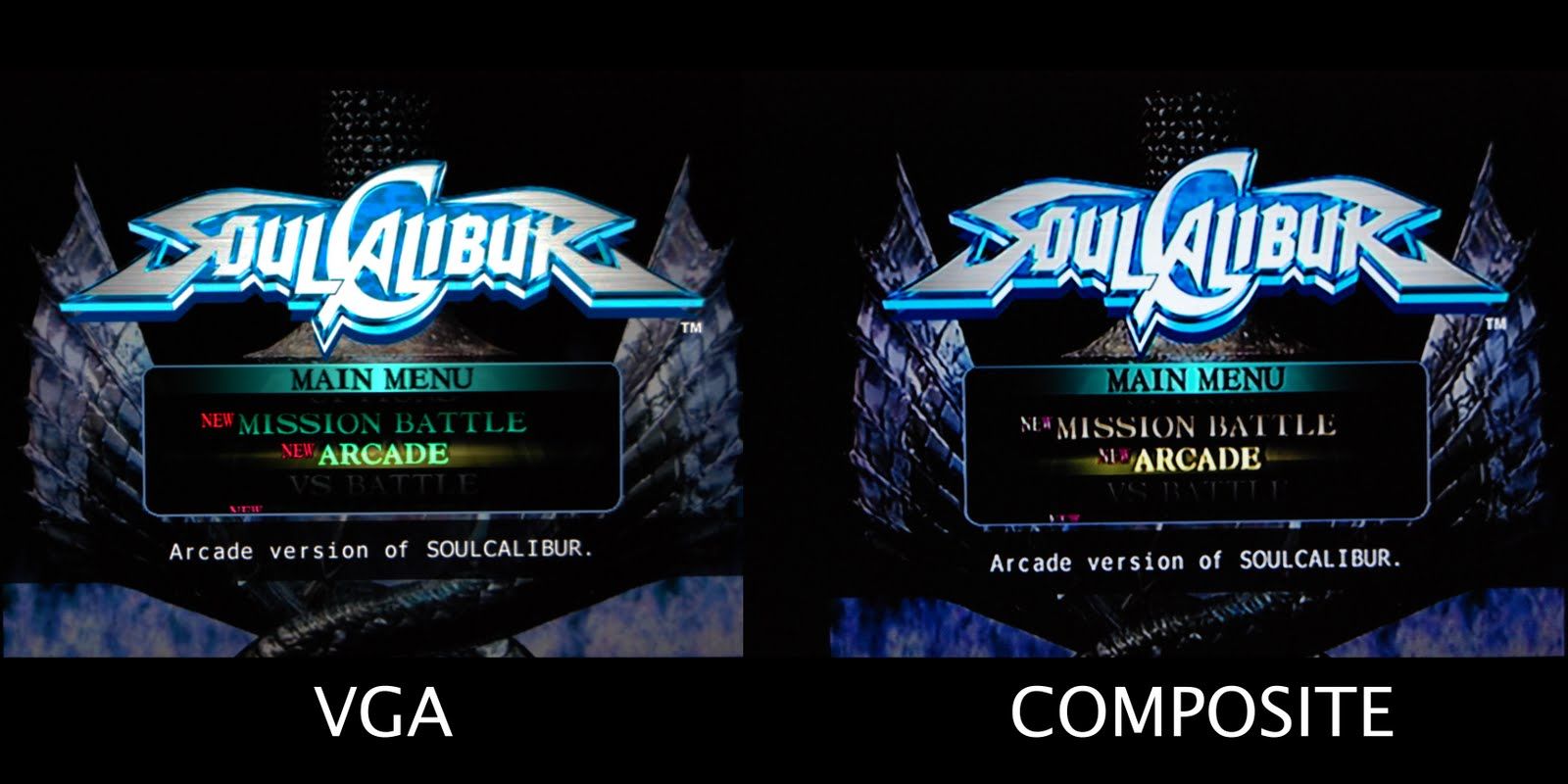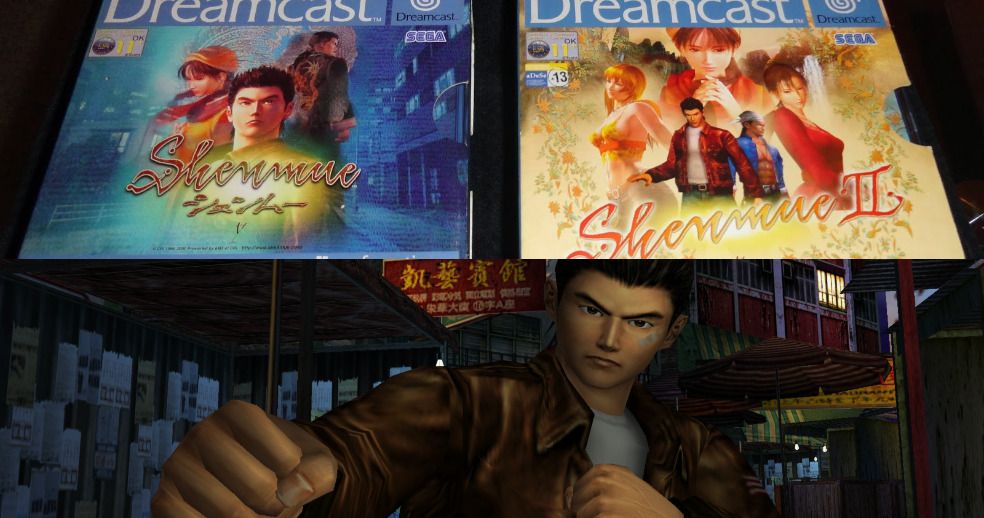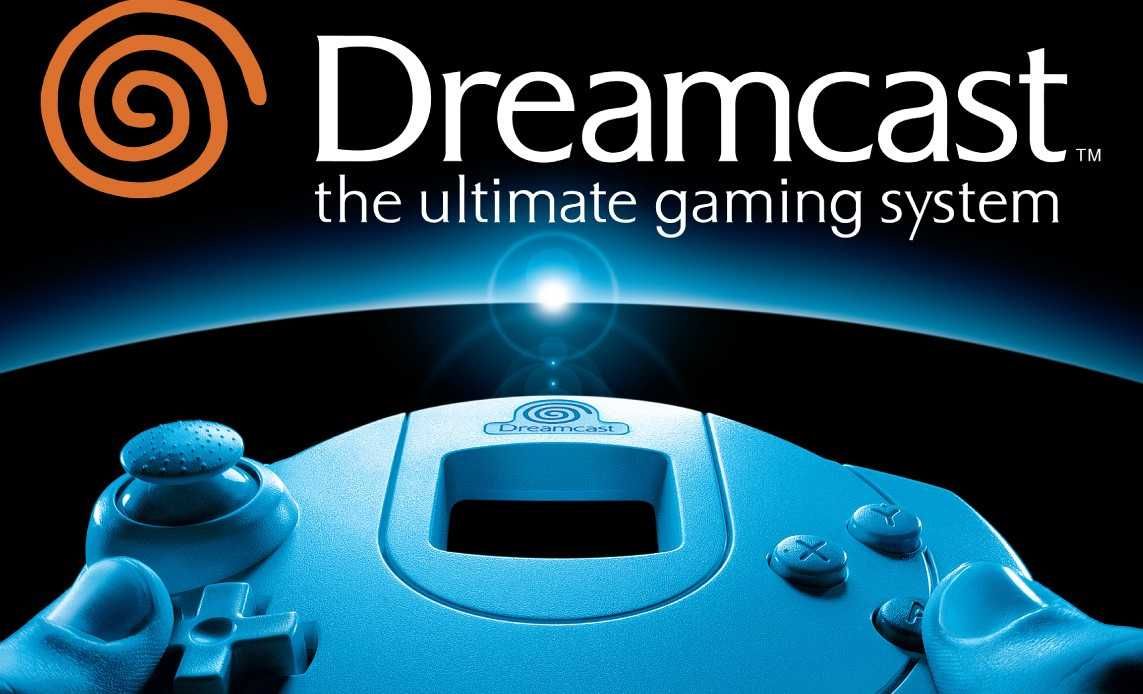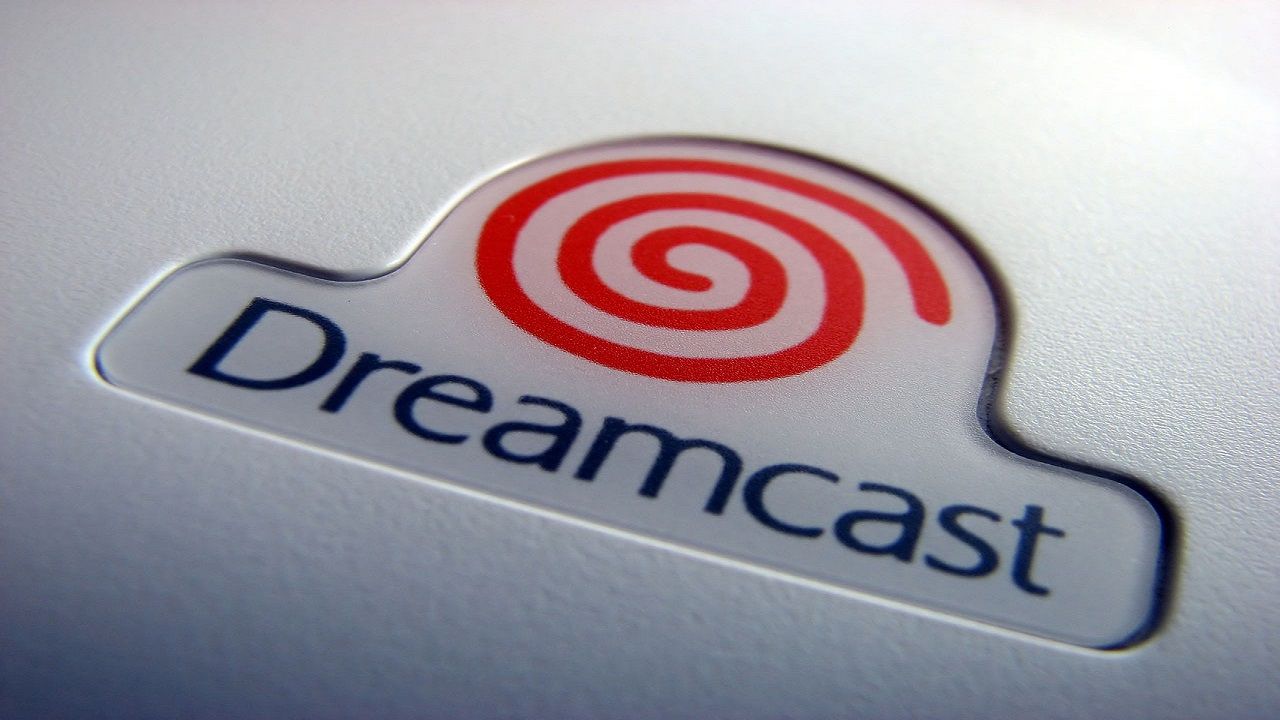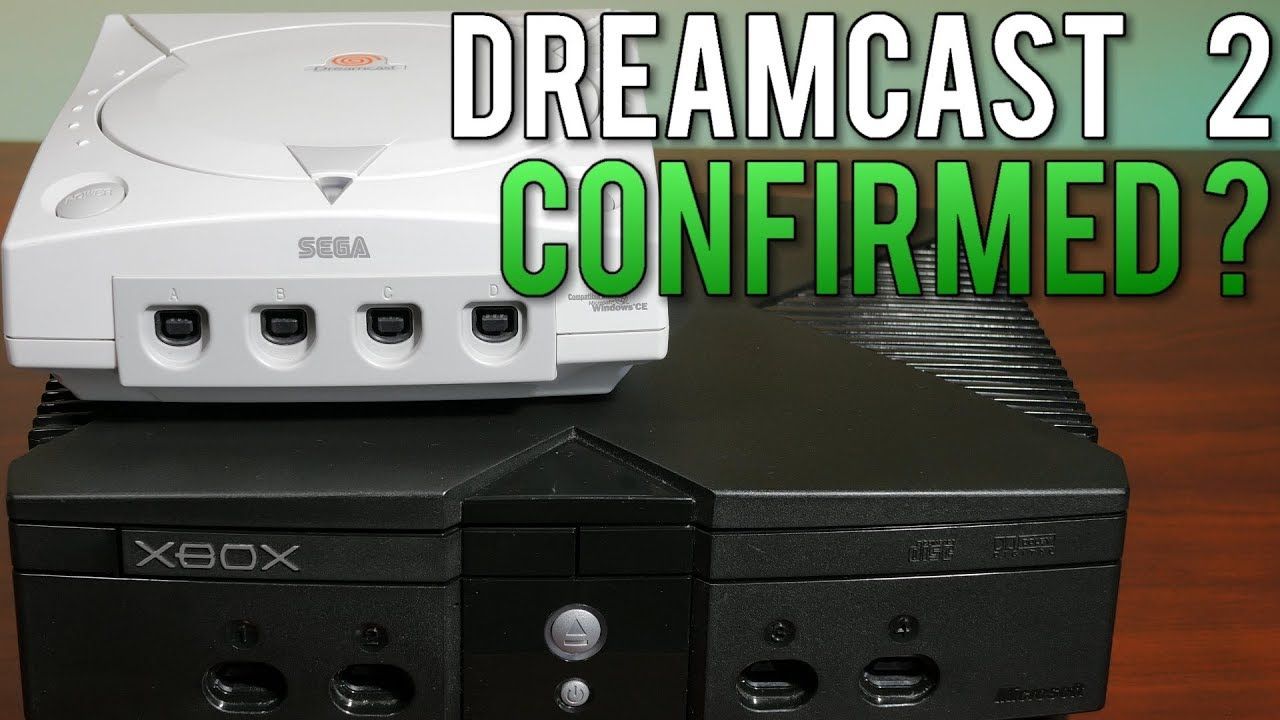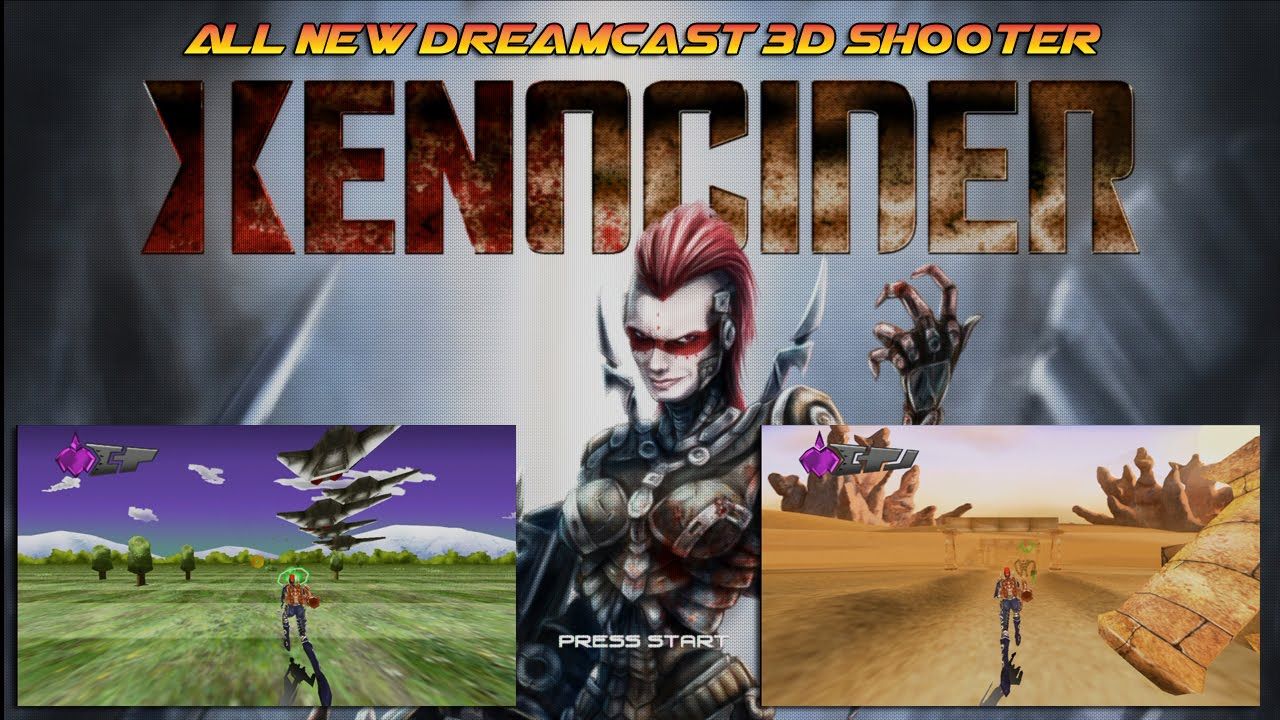In the video game industry, there are many failures that can’t really be explained. When the Dreamcast hit the market it was one of the most impressive consoles ever created. It broke new ground in many areas of the industry and helped game designers to create some of the best games of any genre. The system itself achieved a lot of firsts for any console and it helped to prove that Sega had what it took to create something that was truly like nothing else. Being ahead of their time turned out to be the company's undoing though as many were not ready for what the system had to offer. Only three years after launching in Japan and only eighteen months after launching within the United States, one of the most iconic systems ever created was discontinued. It wasn’t for lack of talent and it wasn’t for a lack of games, instead, it was due to the fact that the PlayStation 2 had a DVD-rom. This gave game developers much more space and helped to doom the system.
Like many systems that came before it, the true appreciation came long after it was gone. Soon people began to realize just how far ahead of its time that the system truly was and they began to see all of the things that Dreamcast made possible. Sega were truly pioneers within the video game industry once again and they dared to do things that other video game companies were afraid of doing. They helped to break new ground so that we could have the kind of consoles that we have today and game-wise and graphics-wise, the Dreamcast doesn’t get enough credit. It’s time to give Sega their due and honor a truly remarkable system.
20 The Iconic Name That Almost Wasn’t
In trying to sell a product to the masses, the name means everything. When it comes to consoles the name has to speak to the consumer, it has to tell them a bit about the product while being catchy at the same time. Of all the consoles that have ever been created, I think that the Dreamcast stands on top as one of the most creative names ever conceived.
From the moment I played the console, I couldn’t believe how advanced it was. For all intents and purposes, it was like something only thought of as possible in our wildest dreams and I think that the designers must have felt this way too. It was an idea that they dreamt up that eventually became reality. In a sense, their dream was cast into existence. As good as the name was, it turns out that the system was actually going to be named Katana. Yeah, doesn’t exactly have the same ring to it.
19 Outselling The Giant
It’s rather unfair that when most people think of the Dreamcast they think of a system that failed in the US only eighteen months after its initial launch. Admittedly, I didn’t appreciate the system at the time as much as I do now for what it was and I think that was part of the problem. The system was so far ahead of its time that when other systems implemented similar interfaces they were seen as the innovators and not SEGA.
The system pushed the limits of what was thought of as possible for a console. The excitement for the system was so great, in fact, that it had broken the preorder record of 200,000 originally held by the PlayStation. Additionally, when it was all said and done, the system sold a greater number of consoles than Nintendo’s Wii U.
18 A Unique Disc
Video game piracy was starting to become a real problem. It had begun with the Sega Saturn, but the weighted disc of that system, coupled with the custom copyright protection, made it rather difficult for anyone to burn a copy disc. Sensing a similar problem with the Dreamcast, the company decided to combat it by creating their own GD-ROM format.
This idea wasn’t met without pushback though, as many in the company felt that it was the wrong move given that DVDs held more space. While this was certainly the case, patients and royalties prevented the company from switching the system to such a format. While their new format did initially do what it was created to, the system still read regular CD-ROM disc which allowed it to be easily hacked in a way that allowed burnt discs not on the GD-ROM format to be played.
17 Making It On Their Own
When it comes to sports titles, one of the first names that comes to mind is EA. They have built their reputation around creating some of the best sports titles of all time and they continue to try to revolutionize the industry in that regard. Though many believe that they have lost their touch, there is no doubt that they have left their mark on that genre forever.
SEGA refused to cave to EA’s demands and went with 2K instead.
Though SEGA had originally given EA a lopsided deal when it came to the Genisis and other SEGA systems, they refused to do so for the Dreamcast. They felt they could do it on their own and they became the first major console in the last twenty years to do so. As a result, some of the best sports titles of all time can be found on the Dreamcast thanks to 2K.
16 Ahead Of Its Time
In this day and age, we take online gameplay for granted. It’s something that we expect pretty much any game with multiplayer features to have and it’s something we expect out of the box. Though this is the case, when SEGA implemented such a system they were laughed at by companies like Sony and Microsoft who felt that there was no interest.
Online gaming and browsing out of the box along with downloadable games really set the system apart.
Yet again, the company was way ahead of the curve and other companies began to take notice of the deep interest of gamers to connect online. SegaNet was a new way for gamers to interact online with one another and it was different from traditional ISPs in that you would connect to a Seganet internal network, giving you much lower ping latency. In only a month after its implementation, there were over a million and a half consoles online.
15 A Failed Partnership
While their initial relationship was a rocky one, things began to smooth out. Many felt that Microsoft had no interest in working with the company, but in truth, they had helped to develop numerous prototypes for the system and had even implemented their own software development kit. Though their ideas were not accepted, the relationship would flourish later on.
Company president Isao Okawa attempted to get backward compatibility with the Xbox.
In the waning hours of the console's lifespan, Okawa had a plan to extend the life of the games through backward compatibility. He talked with Microsoft about allowing Dreamcast games to be played on the system, but talks fell through when he insisted that online gameplay be a major part of this change. Though the games never became backward compatible, the company went on to develop and release twelve titles for the Xbox.
14 All Systems Optimal
Partnerships come in all shapes and sizes and when there was a discussion about those associated with the next Sega console, many felt that Microsoft had no interest what so ever. At the time there, was no knowledge that Microsoft had been working closely with Sega behind the scenes and was about to unveil something truly remarkable.
It took a little over two years to develop, but Windows CE for the Dreamcast broke new ground.
The original plan was a custom CE version that could run all the games while also giving the user a computer-like interface. In a sense, Microsoft and Sega could bridge the gap between PC and console gaming once and for all. In the end, this didn’t happen and instead, Sega decided to use their proprietary software within the disc instead. Even so, game developers still had the option to run games on the CE platform.
13 Lights, Camera, Action
As you probably might have guessed before coming across this list, there were a lot of firsts when it came to the Dreamcast. Sega wanted the system to be revolutionary in every aspect and they would stop at nothing to prove that they were the best when it came to video game technology.
When they unveiled the Dreameye to the public it was a thing of beauty. There had never been a video game console before that time that had even entertained the idea of a webcam for online use and Sega would change all that. Not only could you take pictures with it and email them with the use of the memory card, but it also came complete with a full-fledged photo editing program. There were also plans for motion detection and use within games, but those ideas never materialized.
12 A Strange Stamp
I challenge you to sit here and tell me that the VMU wasn’t one of the greatest things ever created. It was so much more than just a memory card and with the ability to play its own games as well as transfer data between systems natively, it really couldn’t be beaten. It allowed game designers access to a new element that they had never had access to before and they ran with it.
These little powerhouses didn’t just transfer data though; they also had the ability to connect to one another for multiplayer gaming purposes. The unit had such a far-reaching impact on the gaming industry that it is widely considered to be one of the greatest storage devices ever created. Interestingly enough, when you open the unit up and read the chip inside you can see that it is labeled “POTATO." The company has never stated why they named it this.
11 Breaking New Ground
There were a lot of firsts when it came to the system and it had yet another one in the form of the MMORPG Phantasy Star Online. The idea for such a game was conceived thanks to Sega president Isao Okawa, who believed that online gaming would be the way of the future.
Okawa felt that he could bridge the gap between PC and console gamers.
He wanted PC gamers to feel like they were getting as good; if not a better experience with the console then they were with their computer. Phantasy Star Online allowed him to do just that and being the first online MMO, it wasn’t without some hurdles. One problem was the fact that internet service in Japan was paid by the minute. Okawa was so passionate about the project and the future of gaming though that he packaged the game with one free year of internet access, of which he paid himself.
10 Bringing Things Into Motion
There has been a long and storied debate about which gaming company really pioneered motion control. While there are good arguments for many, it’s hard to discount what Nintendo was able to do. They created the concept with the Power Glove and gave other companies ideas on how to implement the technology. Their problem though, like Sega’s, was that they introduced it long before its time.
While they certainly helped to bring the technology into existence, what Sega would do was something else entirely. We often think of the Wii controllers as being something revolutionary, but did you know that Midway developed a concept controller for the system that worked in the same way? It’s true, the controller worked much like the nunchucks, but it was never officially released for the system. They even had a concept similar to the Wiimote, though it too was never released. They did release the Light Gun and fishing rod controllers, however.
9 Giving It His All
Often times we look at highly successful companies and forget just how much hard work went into them getting there in the first place. In most cases, it took a lot of hard work and a lot of talent to bring such companies to life and even when they develop the right things sometimes things don’t go as planned. As for Sega, the failure of the system put them in a tough spot.
In an effort to save the company, Isao Okawa gave it 695.7 million dollars.
This was the infusion of funds that the company desperately needed and they worked tirelessly to see Okawa’s vision through. Sadly, shortly after making the donation, Okawa passed away and the company lost one of its biggest champions. Not only did he make a large donation, but he also invested forty million of his own money to make the system a reality.
8 Putting Things Into Perspective
There is perhaps not enough respect given to the VMU in terms of innovation. It was a miniature Game Boy before there even was such a thing and though it had a lot of great mini-games released for it at the time, there are still games being developed for it as we speak. While the VMU did require batteries to run features such as a clock and in-game display, it wasn’t required for normal memory card operation.
All this innovation did come at a price though as it raised the overall cost to the consumer and didn’t ship with the first releases of the console. Though the original color was simply white, there were many different variations released later on. Given the time period and their relative storage size, if you combined the storage space of all VMUs ever created it would only add up to about one terabyte of data.
7 Removing Their Namesake
When you have a product failure your brand tends to take a hit and sometimes it doesn’t recover. You want consumers to buy your product because they trust the brand, but Sega felt that they had lost that trust when they released the Sega Saturn. They felt that they hadn’t reached buyer expectations and that they let their consumer base down.
At first, they toyed with the idea of launching the console as its own brand.
The company felt that the best course of action was to distance themselves from the project. If people didn’t know that they had created it, they wouldn’t jump to conclusions and the system would have a chance at success. After some debate, Okawa insisted that they trust in consumers and trust in their product. Though they did put the Sega name on the system, it was left off the box and other material associated with it.
6 Reaching Into The Future
If you thought that the Wii had a large assortment of peripherals created for it you might be surprised to learn that it pales in comparison to what was developed for the Dreamcast. The system allowed for all kinds of innovation and this resulted in the inclusion of things like a full-fledged keyboard and mouse along with two different motion controllers.
Later on, toward the end of its production, a broadband adapter was introduced.
Among the many different adapters and add-ons for the system was the introduction of a VGA box. For the first time, long before HDTV’s were commonplace, gamers could enjoy the improved quality of 480p. Not only did this allow improved quality through your television, but it also allowed you to connect the system directly to your computer monitor as well.
5 Some Expensive Endeavors
While creating a console is never an easy task, neither is creating games for it. The benefit of such a system like this one though was that the developers created an interface with game designers in mind. As a result of this, it became one of the easiest consoles to develop games for.
Though it was certainly easier to create games for the system, there was still a lot of money that needed to be spent to really push its capabilities. Such is the case with Shenmue and Shenmue II, which would become the most expensive games ever developed on the system. So expensive, in fact, that the forty-seven million dollar price tag for Shenmue II would have required that each person who ever bought the game buy an additional copy just for the company to break even.
4 Hitting All The Right Marks
We might think that the system was a failure because of its total number of consoles sold and its relatively short lifespan, but was it really? There were a lot of factors that lead to its demise and there are many that contend that had Sega had the resources necessary to produce more consoles, the system would have been a success.
The last official game for the system was released in 2007.
Though we might never know the truth behind this assertion, there is evidence in the fact that it had a hit game in every genre. That isn’t an easy feat by any means and it speaks volumes about the potential that the system had to be truly great. There’s no question that we missed out on a lot as a result of its short lifespan and I often wonder what Sega could have come up with had they had a chance to make another system.
3 The Truth About The Logo
There is nothing simple about a logo. Just like a company name, a logo means everything and having one that people easily recognize and identify with can make or break a game company. If you’re unsure of this, go look at the early concepts for the PlayStation logo and then ask yourself if it would have been as iconic as the one we know today.
A lot of research and discussion goes into creating a logo and usually the company is looking for something that speaks to their consumers while also showcasing something about the company. In designing the logo for the system the company decided to go with an orange swirl to indicate “origin of power.” It wasn’t just a statement about the company themselves in the field of gaming, but about the belief that their console would be the greatest yet. The swirl color changed depending on the region it was sold in.
2 A Strong Basis
When it comes to original ideas, after a while that becomes harder to come by. Often times, somewhere down the line someone has already come up with a similar idea and companies have to find a different way to innovate as a result. While some companies may start from scratch, others will simply lift an idea and apply their own alteration to it.
Given their close working relationship, many feel that Microsoft borrowed ideas from Sega.
In looking at how the Xbox operated and its internal components, it’s easy to see how people could feel this way. After all, the system was the first parlay for Microsoft into the gaming world and the Xbox hardware was so close to the Dreamcast that it wouldn’t have taken much to make it backward compatible. If you add to this the fact that Microsoft developed console prototypes for the system, it isn’t really a stretch by any means.
1 Still Alive And Well
Though I was relatively young at the time, to this day I wish I would have bought all the Dreamcast games that were on sale at Value City. I can only imagine the kind of collection I would have today if I had done that and I would have been able to play many games that I never got a chance to thanks to their high prices today.
While the console didn’t last long before it was discontinued thanks to the PlayStation 2, Japan was selling refurbished consoles all the way up until 2006. Not only that, but the last official game for the console was released in 2007. Ten years on from that moment and homebrew games are still being developed for the VMU along with full-fledged games for the system. Even now, games are currently being developed for it and there are no signs of game designers stopping anytime soon.

